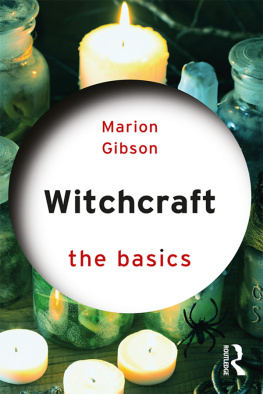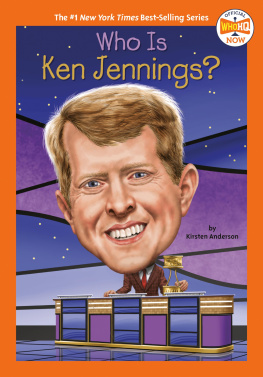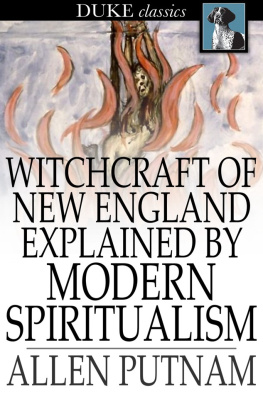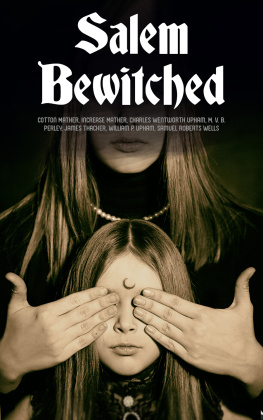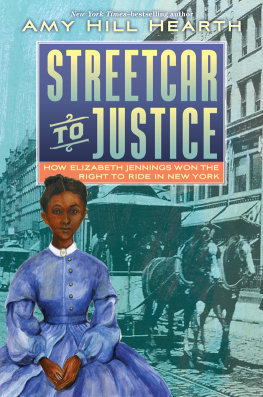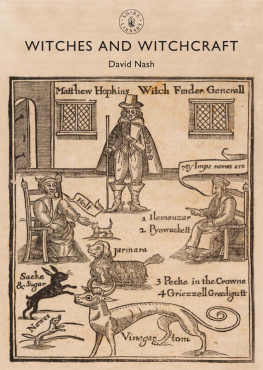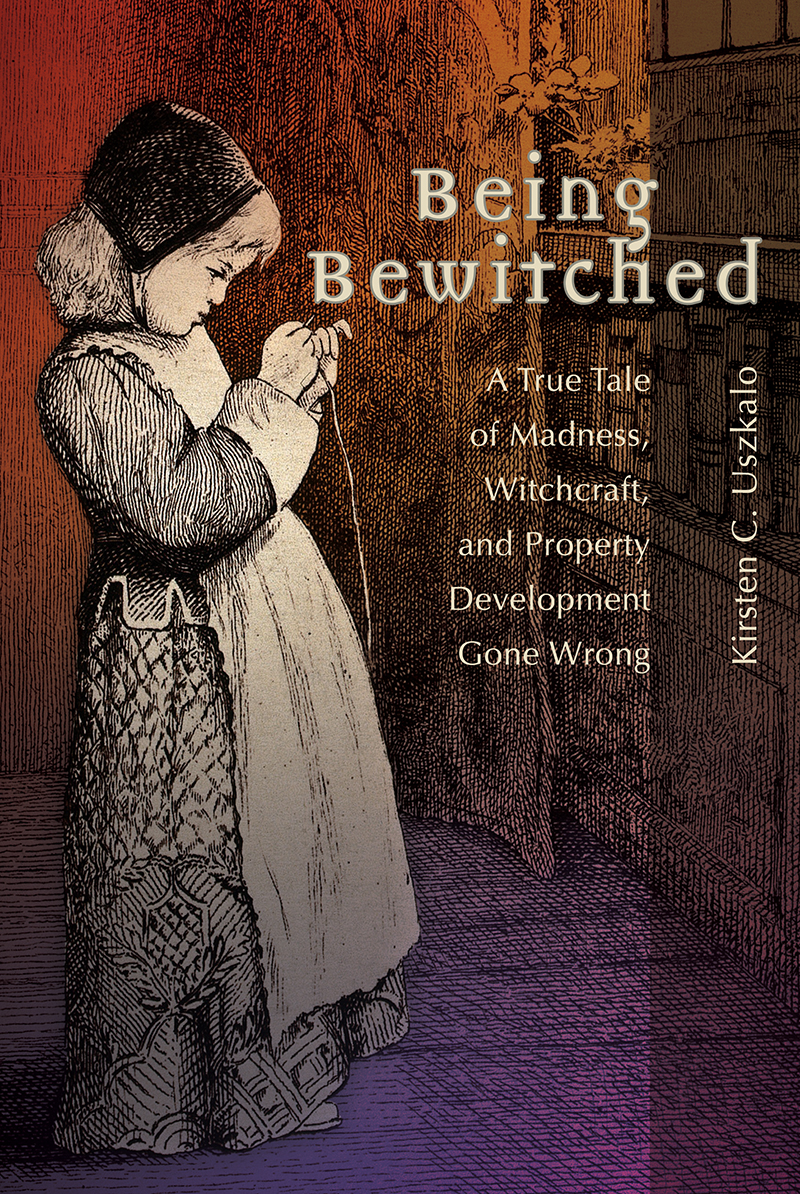
Habent sua fata libelli
E ARLY M ODERN S TUDIES S ERIES
G ENERAL E DITOR
M ICHAEL W OLFE
Queens College, CUNY
E DITORIAL B OARD OF E ARLY M ODERN S TUDIES
E LAINE B EILIN
Framingham State College
C HRISTOPHER C ELENZA
Johns Hopkins University
B ARBARA B . D IEFENDORF
Boston University
P AULA F INDLEN
Stanford University
S COTT H . H ENDRIX
Princeton Theological Seminary
J ANE C AMPBELL H UTCHISON
University of WisconsinMadison
M ARY B . M C K INLEY
University of Virginia
R AYMOND A . M ENTZER
University of Iowa
R OBERT V . S CHNUCKER
Truman State University, Emeritus
N ICHOLAS T ERPSTRA
University of Toronto
M ARGO T ODD
University of Pennsylvania
J AMES T RACY
University of Minnesota
M ERRY W IESNER- H ANKS
University of WisconsinMilwaukee
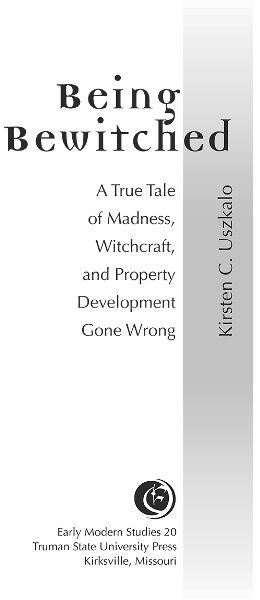
Copyright 2017 Kirsten Uszkalo / Truman State University Press, Kirksville, Missouri, 63501
All rights reserved
tsup.truman.edu
Cover art: A little girl stands in a room working with a needle and thread. Etching by Boulard the younger (18521927) after Laura Alma Tadema. Wellcome Library, London (ICV No. 39360), Creative Commons License.
Cover design: Teresa Wheeler
Library of Congress Cataloging-in-Publication Data
Names: Uszkalo, Kirsten C., 1973 author.
Title: Being bewitched : a true tale of madness, witchcraft, and property
development gone wrong / Kirsten C. Uszkalo.
Description: Kirksville, MO : Truman State University Press, 2017. | Series:
Early modern studies ; 20 | Includes bibliographical references and index.
Identifiers: LCCN 2016048481 (print) | LCCN 2017003685 (ebook) | ISBN
9781612481654 (library binding : alk. paper) | ISBN 9781612481661
Subjects: LCSH: WitchcraftEnglandLondonHistory17th century. |
Jennings, Elizabeth, active 1622.
Classification: LCC BF1581 .Z7 2017 (print) | LCC BF1581 (ebook) | DDC
133.4/30942109032dc23
LC record available at https://lccn.loc.gov/2016048481
No part of this work may be reproduced or transmitted in any format by any means without written permission from the publisher.
The paper in this publication meets or exceeds the minimum requirements of the American National Standard for Information SciencesPermanence of Paper for Printed Library Materials, ANSI Z39.481992.
Sequential numbers in square brackets [] in the body of the text refer to page numbers in the print edition: citations appeared as footnotes in the print edition.
Note: Because of display limitations of e-readers, some special characters (e.g., Greek or Hebrew letters, cedillas, characters in Eastern European languages, accents or other diacritical marks) may ont display properly in the e-book version of this work.
Contents
Soo at this end of that Booke the Dr. questions relating to the nature of this Disease; & how to ease hir; and whither she were bewitched, or only troubled with the Epilipsie of the Mother.
Elias Ashmole, Autograph commentaryon BL MS 36674 (1690)
[xi] Jennings Family
Elizabeth Jennings: bewitched or hysterical thirteen-year-old daughter of John Jennings and Dorothy (Bulbeck) Jennings, stepdaughter to John Latch; accused Margaret Russell (and three others) of witchcraft
Dorothy Jennings: mother of Elizabeth and Thomas Latch (and others), wife of John Jennings, then of John Latch, daughter of Thomas Bulbeck and Ursula (Grey) Bulbeck
John Jennings: the Lunatic Lord, father to Elizabeth and John Jennings
Thomas Jennings: brother to Elizabeth, stepbrother to Franke, son of John Latch and Dorothy Jennings; later business partner to John Latch
John Latch: stepfather to Elizabeth and Thomas and father to Franke, second husband to Dorothy Jennings, later business partner of Thomas Jennings
Franke Latch: daughter of Dorothy Jennings and John Latch, stepsister to Elizabeth and Thomas Latch
Cecil Family
Robert Cecil: 1st Earl of Salisbury, half brother to Thomas Cecil; watched over the division of the Jennings estate
Thomas Cecil: 1st Earl of Exeter, husband to Frances Brydges, father of William, Elizabeth, and Georgi-Anne
Frances Brydges: second wife of Thomas Cecil, mother of Georgi-Anne; accused of witchcraft by her daughter-in-law Elizabeth (Brydges) Cecil
[xii] Georgi-Anne Cecil: daughter of Thomas Cecil and Frances Brydges; died from phlebotomy
Higgins Family
Stephen Higgins: apothecary, master to Nicholas Culpeper; physician to Mary Gargrave and Robert Cecil; builder; fought with and accused by Russell of bewitching the Jennings/Latch home
Mary Higgins (the elder): wife of Stephen Higgins; made comment about Jennings/Latch family not able to prosper because of the fallout of ongoing feud between families
Arnold Higgins: son of Stephen Higgins; builder; fought with Jennings/Latch family
Mary Higgins (the younger): daughter of Stephen Higgins; wife of developer Robert Baker
Robert Baker: husband to Mary Higgins Jr.; prosperous tailor; popularized piccadilles; builder
Goodcole Family
Anne Goodcole: female physician; previously prescribed Elizabeth medicine; had knowledge of conict between Higgins and Jennings house; wife of Henry Goodcole
Henry Goodcole: author of famous witch text; regular visitor at Newgate Prison; led pseudo-legal examination of Russell; husband of Anne Goodcole
Frances Ashton: female physician; possibly had knowledge of conict between Higgins and Jennings houses; sister of Anne Goodcole
Medical Team
Simeon Foxe: aka Doctor Foxe; physician, primary caregiver to Elizabeth; later president of the Royal College of Physicians
Richard Napier: astrological-physician; later treated Elizabeth, John Latch, Franke Latch
William Giddings: a surgeon named as witness to Elizabeths accusation against Russell
[xiii] Examiners
William Slingsby: justice, developer; examined Russell, Anne and Henry Goodcole, and Frances Ashton
Thomas Fowler: Baron of Islington; justice, developer; husband of Lady Elizabeth Fowler and father of Jane Fowler (and ten others); examined Russell, Anne and Henry Goodcole, and Frances Ashton
Thomas Bates: aka Doctor Bates, apothecary; examined Russell, Anne and Henry Goodcole, and Frances Ashton
Witches
Margaret Russell: aka Countess; accused witch, frequent visitor; imprisoned, questioned by Slingsby, Fowler, Bates, and Goodcoles; center of female medical/spiritual knowledge network
Jane Flower: accused witch, may be Jane Fowler, wife of Sir Thomas Fowler Sr. or daughter of Sir Thomas Fowler Jr.; possible reference to Lincolnshire witches
Katharine Stubbs: accused witch, possible reference to A Crystal Glass for Christian Women (1591)
Nan Wood: accused witch, possibly Agnes Wood
Witnesses
Elizabeth Arpe: aka Nan Arpe, a neighbor; witness to onset of Elizabeths bewitchment and her continued sickness; patient of Richard Napier
Mary Gargrave: former maid of honor to Queen Anne; witness to Elizabeths bewitchment and Mary Higginss threat to the Jennings


